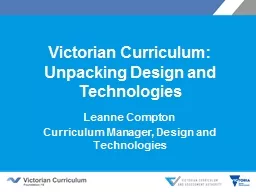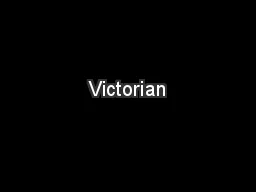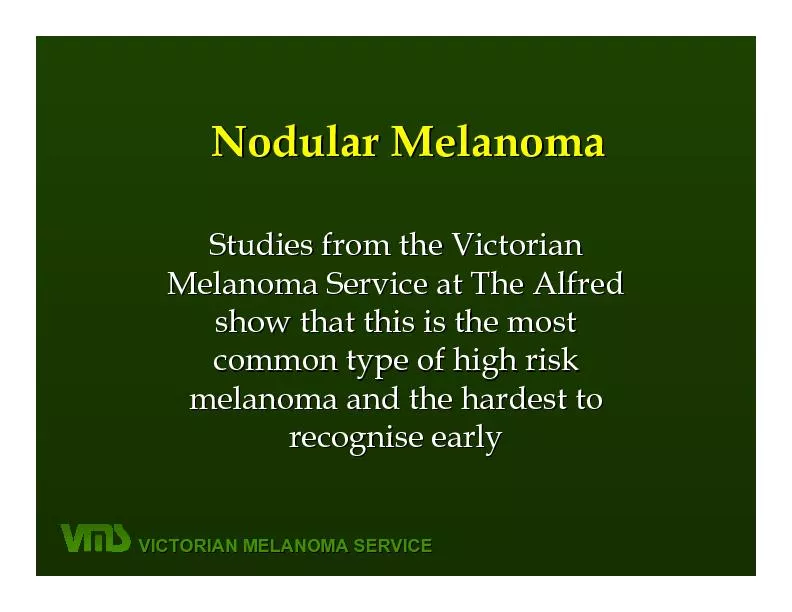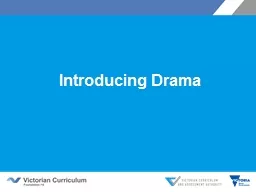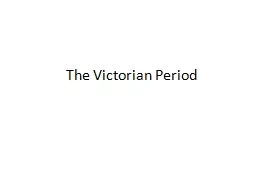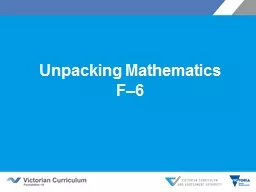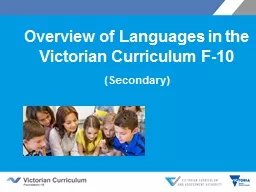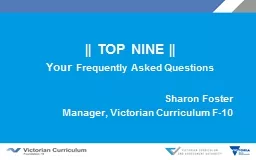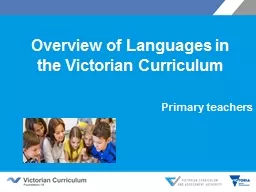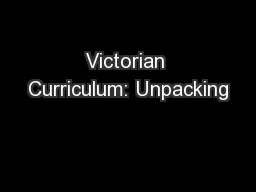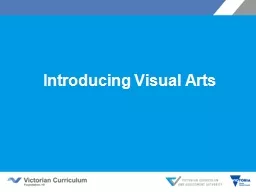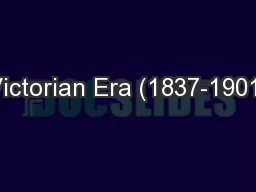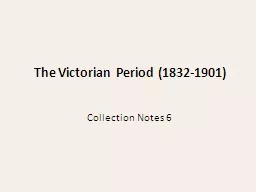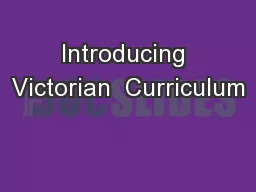PPT-Victorian Curriculum: Unpacking
Author : natalia-silvester | Published Date : 2017-04-16
Design and Technologies Leanne Compton Curriculum Manager Design and Technologies Victorian Curriculum F10 by 2017 Learning Areas Capabilities The Arts Dance Drama
Presentation Embed Code
Download Presentation
Download Presentation The PPT/PDF document "Victorian Curriculum: Unpacking" is the property of its rightful owner. Permission is granted to download and print the materials on this website for personal, non-commercial use only, and to display it on your personal computer provided you do not modify the materials and that you retain all copyright notices contained in the materials. By downloading content from our website, you accept the terms of this agreement.
Victorian Curriculum: Unpacking: Transcript
Download Rules Of Document
"Victorian Curriculum: Unpacking"The content belongs to its owner. You may download and print it for personal use, without modification, and keep all copyright notices. By downloading, you agree to these terms.
Related Documents

